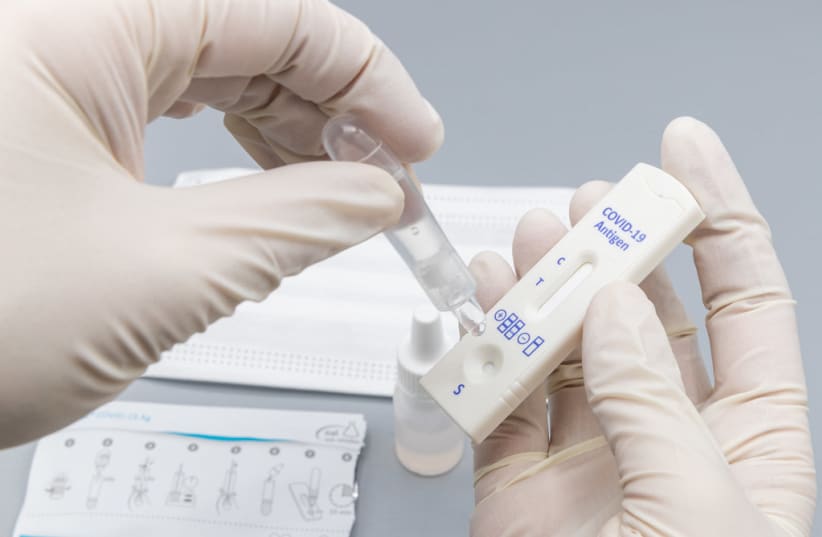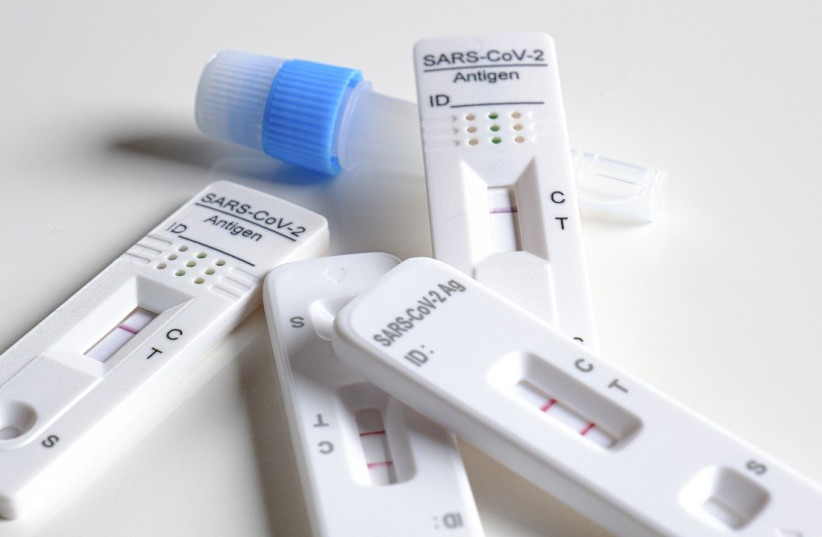Last September, in the province of Abruzzo on the Italian coast, a 41-year-old Ukrainian man and his friend went swimming in the sea. Sixteen hours later, he was declared dead after drowning.
A sad story, but no medical mystery except that for almost six full weeks after his death, his body was found positive for the virus no less than 28 times. Researchers involved with this case state that this news is a crucial finding for pathologists.
Even more bizarre is the fact that before death, the man was "completely asymptomatic," the team wrote in a study published in BMC Journal of Medical Case Reports and reported on the iflscience website, most likely having a fairly low viral load when he died.
This case concerns one of the many questions raised during the pandemic: do people die from COVID-19 or with it?
The report notes that this finding reflects the importance of testing in all post-mortem cases and not just deaths, showing that pathologists should check for virus particles "long after the moment of death, even if low initial viral load has been assessed.”
Although the man was confirmed dead from drowning, Italian guidelines required a corona test to be performed regardless of whether he was examined and autopsied. The body was moved to the local morgue as standard but a delay in obtaining burial permits left the body there a little longer than expected. Forty-one days, to be exact.
"Twenty-eight pharyngeal surfaces were performed on the body," the case report said, and "always by the same team, properly prepared and with standard procedures according to international guidelines and established protocols." Each of the tests was positive. The staff even re-checked each of them with a different set of reagents, (reactive chemical agents) just in case.
And not only were the virus particles detectable for almost six weeks after death but until the end of the test period they were the only particles that could be identified. In fact, after 41 days had passed, these tests no longer absorbed human RNA. This means that the virus tests were still positive, while human cells became unrecognizable.
The case report has real implications for the treatment of corpses during the pandemic."There is a lack of data on the presence of the virus on corpses and the risk of infection from corpses. This is a problem because "performing a post-mortem autopsy puts different groups of workers (pathologists, technicians and so on) in contact with a possible source of biological risk, with consequences not only from a health point of view but also medically," it was written.
This is not the first case that the virus has been in the body of a dead person for a long time. About a year and a half ago, researchers from the United Kingdom performed an autopsy on the body of a 50-year-old man who died from COVID-19. Twenty-seven days after his death the virus was detected in his lungs. This is despite the long time that passed and that swabs of his nose and throat performed right after his death came out negative.
And as for the Ukrainian man - his burial permit finally came, which together with what the writers describe as "the state of decay of the body", finally led to the conclusion of the study.
This story first appeared on the iflscience website and was written by Katie Spalding.

